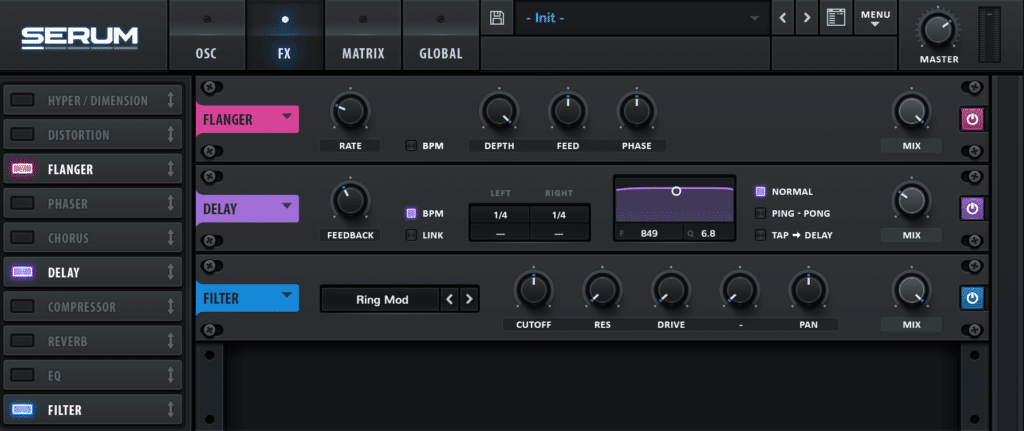

These two sounds are usually generated by an oscillator using a standard waveform, often a sine tone, and noise generator, which are then mixed together to produce a single hit. Typically, when attempting to synthesise a drum sound, the task is divided between creating the resonant, tonal decay of the drum head or skin, and the sharp, snappy transient or attack. There are of course one or two exceptions to this, with the most famous drum machine of them all, the Roland TR-808, using synth circuitry to generate sound. Synthesising DrumsĪ synth might not be the most obvious place to turn when attempting to generate drum sounds, with many classic drum machines in fact utilising recorded acoustic samples for playback, rather than genuine synthesis.

Today, I want to guide you through one of its more unusual uses, in generating drum sounds and sequences, to help expand your knowledge of its inner workings and demonstrate just how much it can do.įor further evidence, simply listen to some of our Serum pack demos ( Sift, Touch and Silhouette might be good places to start) but for now, let’s fire up our synth and get tweaking! 1. fxp preset packs.Īs is now the standard for any professional-level soft synth, Serum is fully-featured, offering wavetable oscillators, enveloping, filtering, a noise generator, effects processors, LFOs and endless modulation routing possibilities - as such, it can be used to synthesis an almost bewildering variety of sounds. When we first discovered it here at ModeAudio a few years ago, it quickly became our go-to synth, and has featured in many of our sample pack releases as well as, of course, our expanding range of Serum.
Download serum fx tutorial full#
Serum, the hit soft synth plugin from Steve Duda and Xfer Records, is an exceptionally versatile beast, as capable of producing full throttle EDM leads as it is delicate, rusty, analog-style pads.


 0 kommentar(er)
0 kommentar(er)
